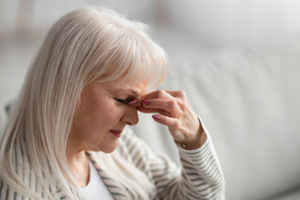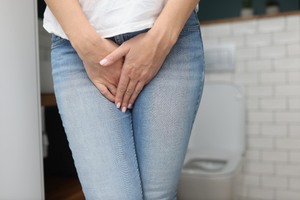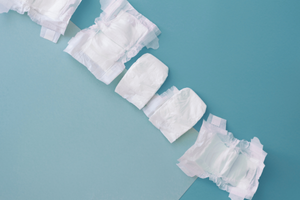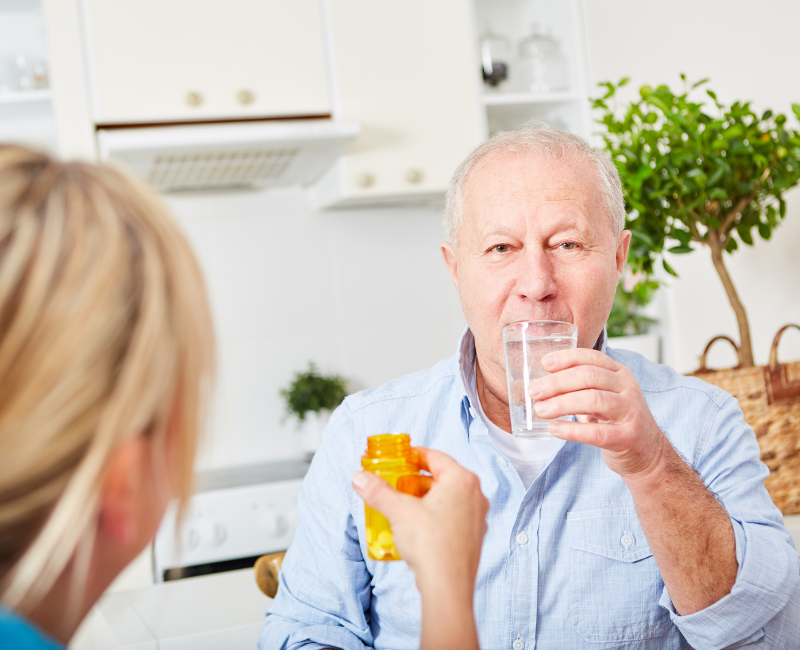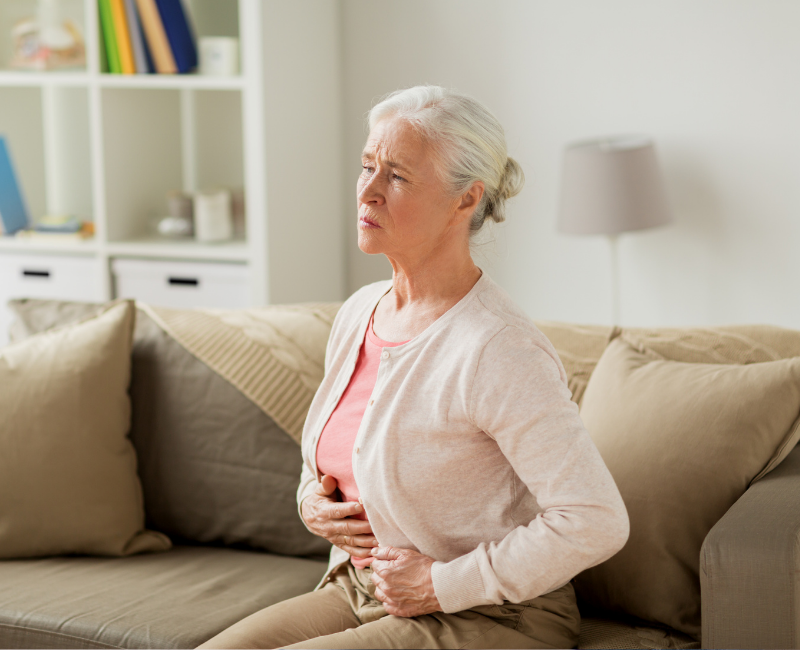Empowering patients by highlighting the treatment pathways for UI & FI
Clinicians differentiate between urinary and faecal incontinence. This is a serious disorder that can severely limit the quality of life of those affected and may even lead to social isolation. One in six people over the age of 40 is affected, for a total of 46 million people in Europe. 1,2
Incontinence is a taboo subject: around 40 % of all those affected with urinary incontinence 3 above the age of 50 do not seek medical help and remain untreated. For faecal incontinence, the figure is as high as 85 %. 4
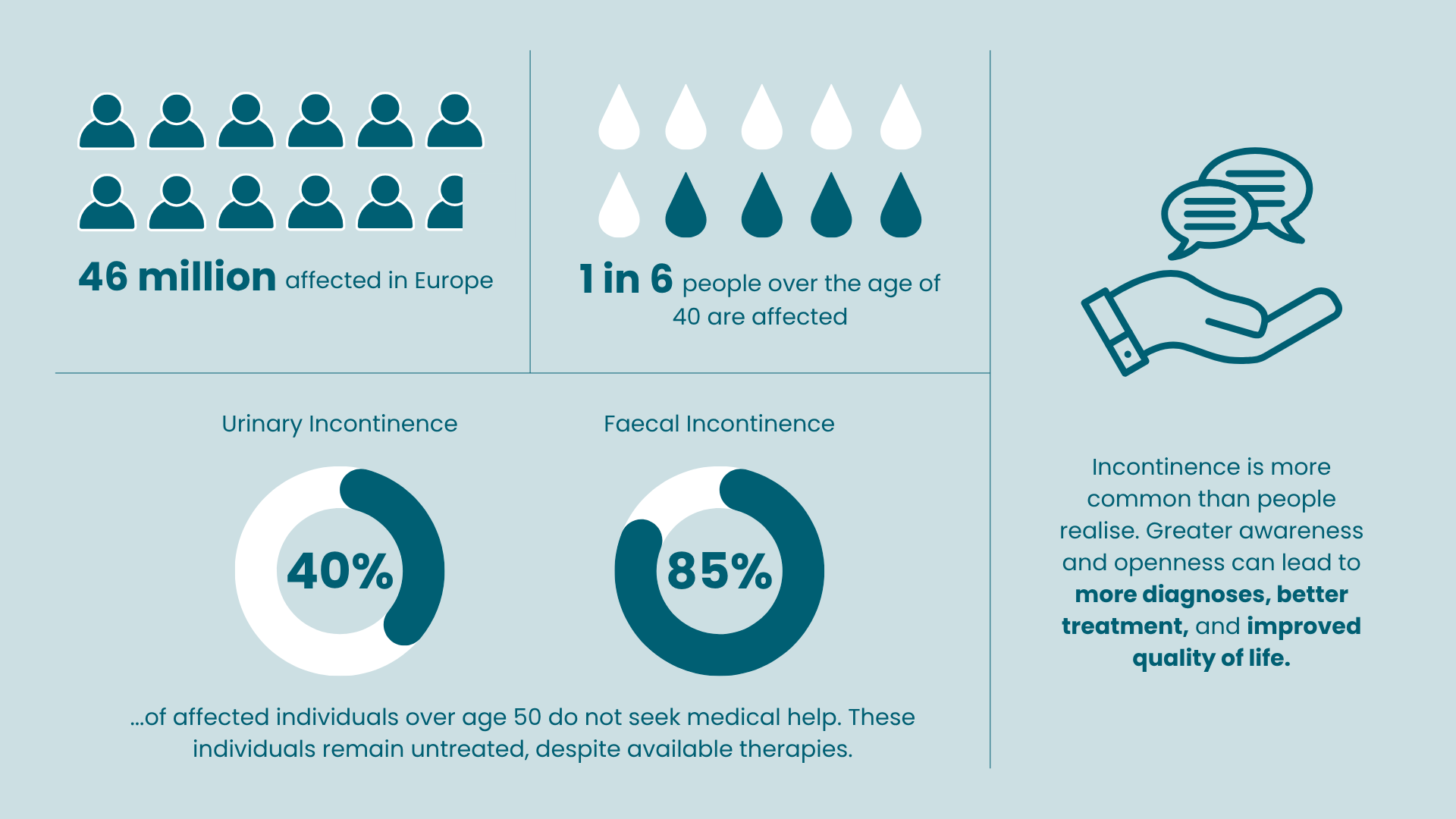
To find out more.
Select the tab about Urinary Incontinence or Faecal Incontinence
Types of urinary incontinence
Bladder control issues are treatable, and the symptoms are manageable. Contrary to preconceptions, urinary incontinence is not a normal part of aging or inevitable after giving birth. It is a medical condition for which it is important to seek medical advice.
Urinary incontinence treatment options
Overactive bladder and urge incontinence are treatable. Pads and other conservative measures are not always enough as they do not address the root causes of your symptoms. Other options are available.
Surgical therapies
Surgery may be indicated when conservative treatment options do not help. Surgical options include:
For stress incontinence: slings made of a surgical mesh that restore the normal anatomy of the bladder.
For overactive bladder symptoms:
Botulinum toxin A (Botox) injections every six months which are used to reduce bladder contractions by acting on nerve endings in the bladder wall
Sacral Neuromodulation (SNM): SNM provides continuous stimulation of the sacral nerves, using low-amplitude electrical impulses to restore control of bladder functions. Read more about the Sacral Neuromodulation therapy
- Weight loss/maintaining a healthy weight
- Reducing the intake of stimulants (e.g. caffeine, theine, alcohol)
- Maintain an appropriate level of hydration
- Keeping a bladder diary on paper (some hospitals also offer digital tools, such as the Minze Diary Pod).
- Perform bladder training
Kegel exercises can help strengthen the muscles under the uterus, bladder and large intestine. They can help men and women who experience problems with urinary leakage or bow el control.
Hypopressive abdominal gymnastics involves working on the abdominal region using breathing techniques based on expiratory apnea.
Downloads
Medication
Medications can help with various forms of incontinence but may cause side effects.
- Anticholinergics or beta-3 agonists for urinary incontinence.
- Antibiotics for urinary tract infections.
- Oestrogen therapy for mild forms of stress incontinence.
Downloads
Behavioural treatments
Firstly, there are some lifestyle changes and things you can do yourself which might help with the symptoms of urinary incontinence, including:
- Weight loss/maintaining a healthy weight
- Reducing the intake of stimulants (e.g. caffeine, theine, alcohol)
- Maintain an appropriate level of hydration
- Keeping a bladder diary on paper (some hospitals also offer digital tools, such as the Minze Diary Pod).
- Perform bladder training
Kegel exercises can help strengthen the muscles under the uterus, bladder and large intestine. They can help men and women who experience problems with urinary leakage or bow el control.
Hypopressive abdominal gymnastics involves working on the abdominal region using breathing techniques based on expiratory apnea.
Downloads
What is urinary incontinence (UI)
Lorem ipsum dolor sit amet, consectetur adipiscing elit, sed do eiusmod tempor incididunt ut labore et dolore magna aliqua. Ut enim ad minim veniam, quis nostrud exercitation ullamco laboris nisi ut aliquip ex ea commodo consequat. Duis aute irure dolor in reprehenderit in voluptate velit esse cillum dolore eu fugiat nulla pariatur. Excepteur sint occaecat cupidatat non proident, sunt in culpa qui officia deserunt mollit anim id est laborum.

Urinary incontinence myths Vs facts
Myth
Vs
Fact

Incontinence is a normal part of aging.
Vs
While UI is more common with age, it is not inevitable. It often has treatable underlying causes, and many older adults remain continent with proper care and treatment.

Only women experience urinary incontinence.
Vs
Although women are more likely to experience UI due to childbirth and hormonal changes, men can also develop UI, especially due to prostate issues or surgery.

If you drink less water, you’ll leak less.
Vs
Reducing fluid intake can actually worsen UI by concentrating urine and irritating the bladder. Staying hydrated is important for bladder health.

UI is only caused by weak pelvic floor muscles.
Vs
Pelvic floor weakness is one factor, but neurological disorders, medications, infections, and lifestyle also play a role. Not all cases are about muscle strength alone.

There’s nothing you can do — just use pads.
Vs
Many effective treatments exist, from pelvic floor therapy and medication to surgical options like sacral neuromodulation or bladder Botox. Pads are not the only solution.
Empowering patients by highlighting the treatment pathways for UI & FI
Clinicians differentiate between urinary and faecal incontinence. This is a serious disorder that can severely limit the quality of life of those affected and may even lead to social isolation. One in six people over the age of 40 is affected, for a total of 46 million people in Europe. 1,2
Incontinence is a taboo subject: around 40 % of all those affected with urinary incontinence 3 above the age of 50 do not seek medical help and remain untreated. For faecal incontinence, the figure is as high as 85 %. 4
1. Milsom, I. et al. How widespread are the symptoms of an overactive bladder and how are they managed? A population-based prevalence study. BJU Int. 87, 760 – 6 (20 01).
2. Eurostat Data Explorer for EU28:
https://ec.europa.eu/eurostat/data/database.
International Consultation on Incontinence, Tokyo, 2016.
3. Sullivan R et al: Unreported urinary incontinence: population-based prevalence and factors associated with non-reporting of symptoms in community-dwelling people ≥ 50 years. European Geriatric Medicine, 07 Oct 2020,
12(2):405-412.
4. Damon, H. et al. Prevalence of anal incontinence in adults and impact on quality-of-life. Gastroenterol. Clin. Biol. 30, 37–43 (2006).




